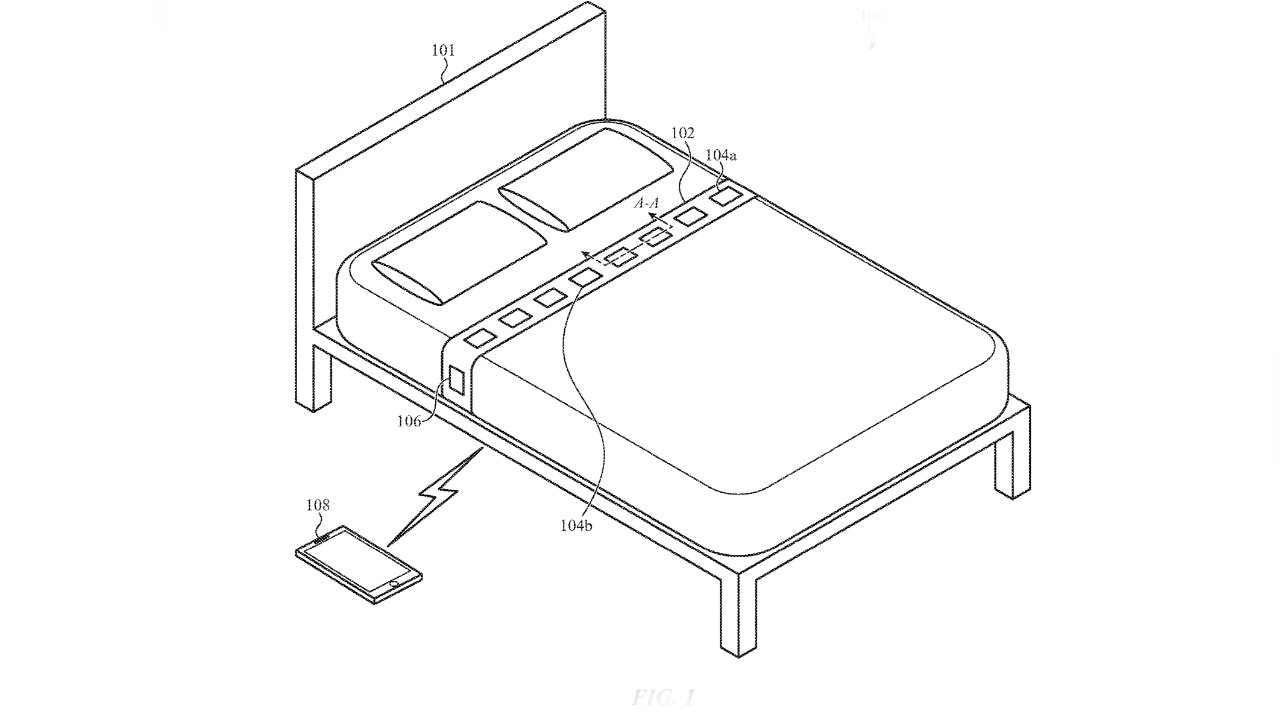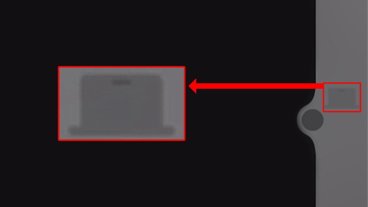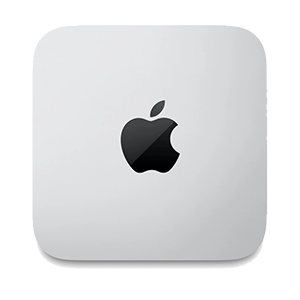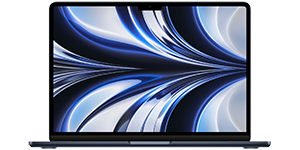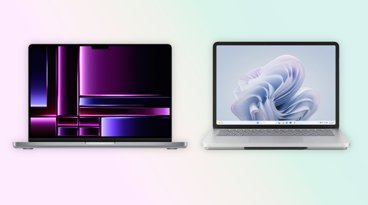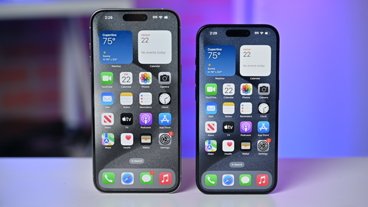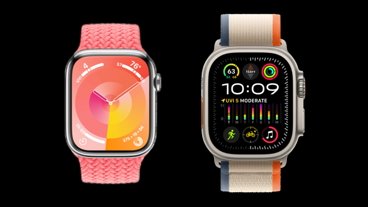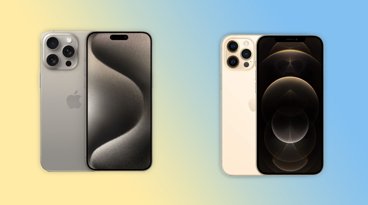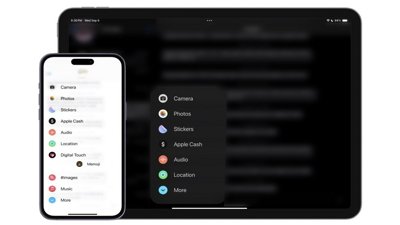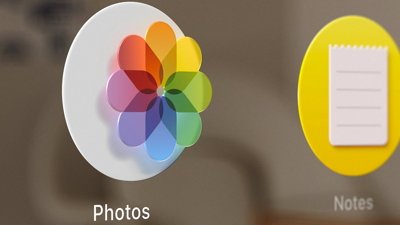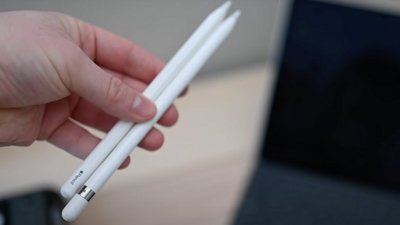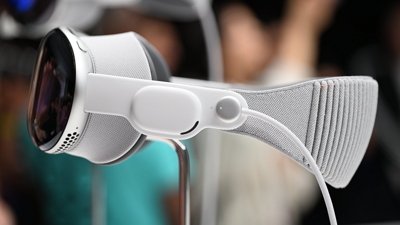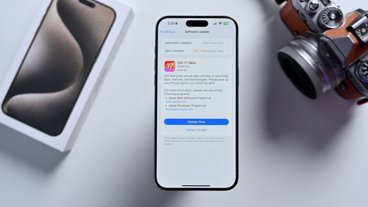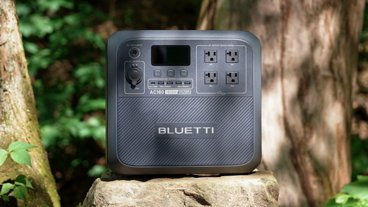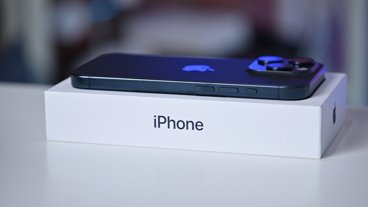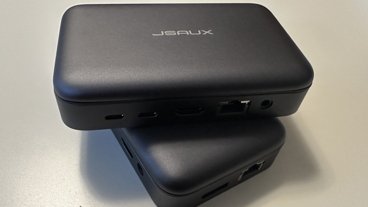Apple wants to use your mattress as a body temperature sensor
It doesn't look like the most comfortable sleeping position, but this illustration from the patent is meant to show that sensors can be unobtrustive
Following its Beddit aquisition, Apple has been looking at ways to use its smart mattress technology coupled with temperature sensors to identify the start of menstrual cycles, and as a measure of general health.
Ever since Apple acquired the Beddit sleep-tracking firm in 2017, it has been researching ways to improve that tracking. Alongside the sleep tracking in Apple Watch, Apple's research concentrates on placing sensors in beds.
Having done that, though, and having worked to find ways of making the sensors unobtrusive enough, it is now extending that researching into new areas. One of two newly-granted patents proposes is called "Flexible temperature sensing devices for body temperature sensing."
This one concerns using sensors to register a sleeping person's temperature, and Apple says this could be better than other options for health tracking.
"Physiological sensors, such as temperature measurement devices, heart monitoring devices, or blood oxygen level sensors," says Apple in this patent, "are increasingly being incorporated into different types of wearable devices such as smart watches, clothing, glasses, and/or other objects, such as beds, furniture, and so on."
"The incorporation of physiological sensors into these types of objects can facilitate health monitoring of a user during their routine normal everyday actions," it continues. "[However, for] example, a person typically only measures their temperature when they suspect they are sick or for some other purpose such as natural family planning."
"In these cases, a person measuring her or his temperature is not part of their daily routine, and these temperature measurements are typically infrequent," says Apple. "In order to track a person's temperature more consistently, temperature measurement devices may be incorporated into various objects such as smart watches, clothing, bedding, and so on."
Again, the Apple Watch has sleep tracking, but Apple says that in some cases "it may be desirable to have sensing devices that are thinner, more flexible, and/or more durable such that they may have minimal impact on the user and/or function more reliably when incorporated into such devices."
Apple's proposal is for a series of sensors to be placed atop a mattress, and presumably below any undersheet.
But once such sensors are in place, and once they are able to track a person's temperature over time, the proposal opens up a much more interesting idea. Apple separates this out into a second patent, which has also now been granted, called "In-bed temperature array for menstrual cycle tracking."
This time the proposal is the same in how it concerns tracking temperature, but it's also specific about when it does so. A continuous temperature tracking gives a baseline that the menstrual cycle detection can work from.
"After determining the temperature of the user for each use period in the set of two or more use periods, at least one change in the temperature of the user between different use periods can be identified," says Apple. "An ovulation day of the user based on the at least one change in the temperature of the user can be estimated."
It's precision work, though, because it requires determining when "the temperature of the user is at least 0.1 degrees Celsius higher" than in at least two other times since she began tracking. It also requires tracking temperature over time during the night, as part of determining ovulation is also "determining at least one use period... where the temperature of the user is at least 0.2 degrees Celsius higher than a maximum" previously recorded.
Menstrual cycles are a vital health indicator, and it's an area that has been shockingly under-researched. Apple has previously highlighted its own research into the field, while others have studied the impact of polycystic ovary syndrome (PCOS) on womens' overall health.
The menstrual cycle tracking patent is credited to five inventors, including Zijing Zeng and Joseph M. Schmitt, both of whom previously worked on temperature measuring sensors for the iPhone.
One, James C. Clements, is also among the five inventors credited for the first patent regarding general temperature sensing.
 William Gallagher
William Gallagher